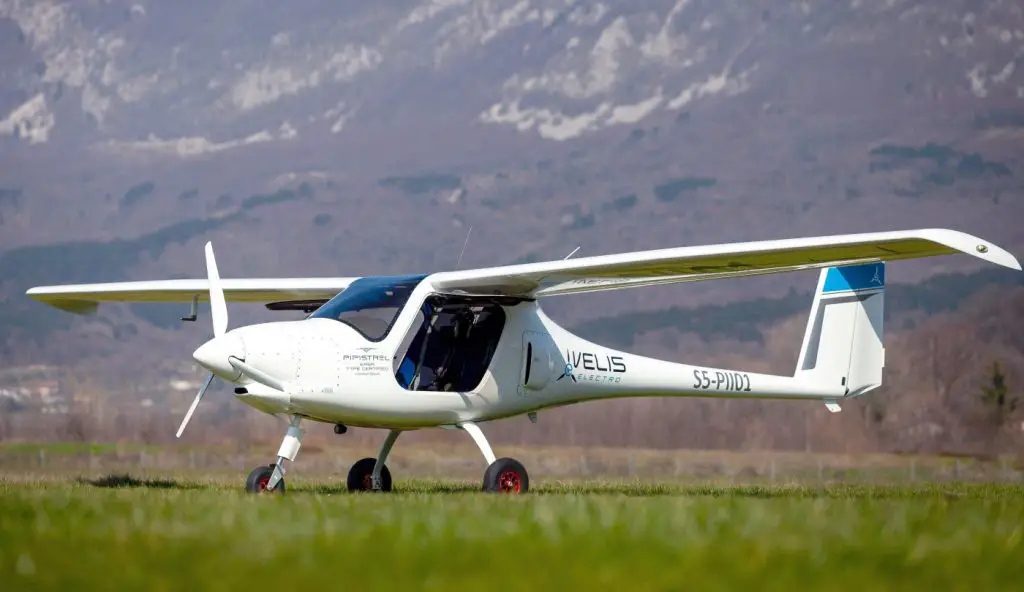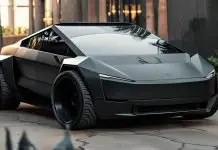When entrepreneurs and enthusiasts saw that there’s an ever-expanding market for electrification vehicles, a company named “Pipistrel” took it a step forward and built an actual electrical 2-seater commercial airplane. The EU Aviation Safety Agency awarded it “Type Certification” in June 2020. “Type Certification” can be used in commercial operations and carry passengers, which is a pretty big deal. But for some, the mainstream media didn’t take notice of this achievement. The pandemic might be a primary reason for this or just as Pipistrel isn’t a big company like “Boeing” or “Airbus”.

Everything You Should Know About Tesla Of Electric Aircraft: Pipistrel
An electric airplane being awarded “Type Certification” is a pretty big deal. The concept of an electrical commercial plane is by no means a new thing. The first electric airplane flight was recorded in 1978 by Heino Brditschka but it wasn’t that impressive because of the battery limitations at that time. But as of 2020 since Pipistrel has successfully managed to make a certified electric commercial plane it is considered groundbreaking by the aviation community, so much so as going forward and comparing it to the certification of the first piston-engined plane and the certification of the first jet-propelled plane.
The Makers: Pipistrel Aircraft
Pipistrel is a Slovenian company established in 1989 by Ivo Boscarol and based in Ajdovščina. The company got its name in an interesting way, Yugoslavia in the 1980s had some restrictions on commercial airplanes. So the makers used to fly their test flights between dusk and dark. The shape of the wings of the planes and the flying times got them the nickname “bats”. The company embraced this by calling themselves “PIPISTREL” and a derivative of Pipistrello, the Italian word for bats. The company was officially registered on 18 November 1989.
Pipistrel has worked on a lot of projects related to aviation. At the beginning of the company, they started to work on powered hang gliders. Designed by the founder himself, they started to work on ultralight trikes. Which did very well in that time and went on to mass-produce it and export it to 30 different countries. From the launch to the early 2000’s they went on to add different models of trikes. They finally discontinued the production in the early 2000s.
Pipistrel Other Projects
After that, Pipistrel went on to work on various projects throughout 2004-2010. They started the production of self-launching glider in 2004. In 2007 they went on to release the first-ever electrical 2 seater glider while winning the NASA Centennial Challenge consecutively for 2007 and 2008. Until 2016 they just kept on upgrading their trainers while also working on electric and hybrid aircraft.
In February 2016 Pipistrel ran the most powerful hybrid electric powertrain to date. Pipistrel was one of the partners in the “HY4” project in which on 29 September 2016 the world’s first four-seat passenger aircraft powered by a zero-emission hydrogen fuel cell propulsion system successfully completed its first public flight. In June 2019 they formed a new R & D unit to develop an electric VTOL aircraft. On June 10th, 2020 they finally launched the infamous PIPISTREL Velis Electro.
Pipistrel Velis Electro
A Pipistrel Velis Electro may cost $215,000. The first licensed electrical commercial aircraft is quite unique, unlike any regular plane. you don’t need to do extensive oil pressure checks, fuel checks, just a few clicks and you are ready to fly in seconds. The people who have flown this have gone on record and said that this rather much quieter plane as compared to any other plane, plus as it is not being run on fuel, it doesn’t heat up easily and also gives very few vibrations to the people sitting in the cockpit.
The Velis Electro runs on two liquid-cooled batteries. One placed behind the passenger seat, one placed in the propeller. They produce a combined 400 volts, 70 kW output in flight. With these two batteries, the Velis Electro has a flight time of approximately 1 hour or 150km range. As it runs on an electric motor, it produces excellent torque and is able to keep steady RPMs during flights. The people who flew Velis Electro said the handling or in-hand feel of this is quite similar to a plane of the same size which runs on fuel. Having such big batteries both in the front and back has totally ruled out any space for luggage, although the two-seater fits both the passengers quite comfortably.
The charging of Velis Electro generally takes an hour or an hour and half to charge. The charging conditions generally depend upon the value of power that you are supplying. As it is fairly new the batteries aren’t that efficient over time. The makers say the life of the battery is around 300 to 800 flights. This range depends upon various factors like the temperatures where you stay, places that are hot tend to degrade battery faster; also the frequency with which the plane is used, everyday use will degrade the battery’s life very fast.
Pipistrel had to start developing the electrical motor from the ground up because unlike any electrical vehicle you can’t just pull over a plane at the side of the road if one of the batteries stops performing. Therefore they started developing an electric powertrain that can fly for a substantial amount of time while having the required level of safety. To make the flights safer, they developed their own system which can fly the plane on far lower performance till it safely touches the ground. They developed a system that uses the CAN bus system which is infused with the protocols that they developed for the aircraft.
Like any plane’s cockpit, the Velis Electro’s cockpit is also filled with a bunch of dials. But with a few key changes for the battery level and motor information. The main display shows motor rpm, battery and inverter level, power consumption, a battery overheating indicator. It is also loaded with a secondary touch screen which shows the pre-flight information. They have made sure to make the dials are legible and easy to understand. The remaining dials are what you will find in any other plane’s cockpit.
Pipistrel Targeted Market
Velis Electro being so eco-friendly and rather a little cheaper than a conventional airplane. it has opened doors to mainly two kinds of buyers. The first ones being the rich philanthropists who tend to love these kinds of stuff.
Secondly to flight schools, as the aircraft are electrical, there is less maintenance plus the per-flight cost is quite less as compared to a plane that runs on fuel. The battery life lasts approximately 45mins – 1 hour which is exactly the time frame of a single flight class.
Conclusion:
I think in today’s world where there’s a dire need for eco-friendly modes of travel, this is a step in the right direction. The certification from EASA surely has encouraged other makers to step up and further explore this branch. The Velis Electro in my opinion has opened the door for the future of electrical planes. The only downside of these planes is that they have a short-range for travel. But in the coming years with the breakthroughs, we are making I am sure that we can expect the range to increase exponentially in the next 5 – 6 years.



















Amazing ❤️❤️